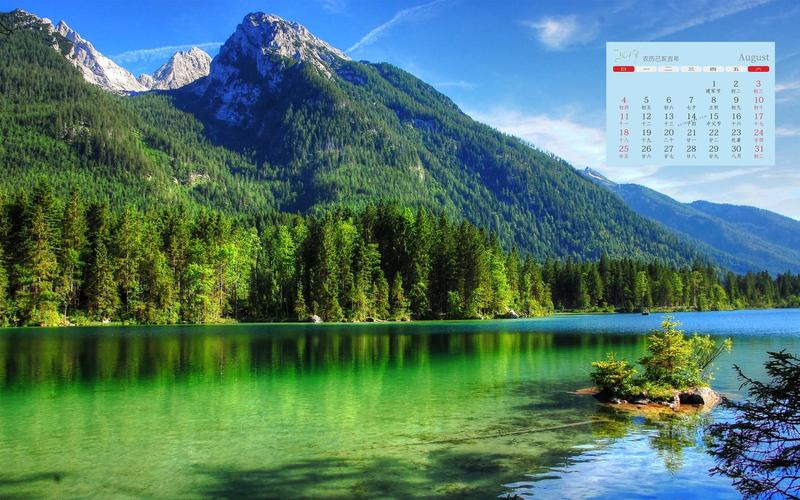Introduction
Over the years, society’s perception of beauty and fashion has evolved significantly. What was once considered ‘in vogue’ decades ago may not necessarily be accepted today. Standards of beauty have changed dramatically in the fashion world, thanks to the rise of social media and the internet. People are influenced by trends and other people’s opinions when it comes to fashion choices. In this blog post, we’ll explore how beauty standards have changed in the fashion world over time.
The Early Years: 1900-1950
During the early years of the 20th century, beauty standards in the fashion industry were very different from what we see today. Straight figures and no curves were the epitome of beauty, and clothing was tailored to achieve that look. The 1920s marked a significant change in fashion, where flapper dresses and shorter hemlines became popular, styling women with a more androgynous look. By the 1940s, the hourglass body became a desirable beauty standard, with women like Marilyn Monroe and Elizabeth Taylor at the forefront of this trend.
1960-1980 – The Era of High Fashion and Supermodels
The 1960s saw a significant shift in fashion, with the rise of supermodels like Twiggy, who embodied the epitome of ‘thin is beautiful.’ The popularity of fashion houses like Chanel, Yves Saint Laurent, and Dior ushered in the era of high fashion, where designers were the ultimate trendsetters. However, as the 1970s rolled in, the fashion industry saw an emergence of alternative beauty standards, catalyzing trends such as afros, leather jackets, and platform shoes.
The 1990s – Embracing Diversity and the Birth of Grunge Fashion
The 1990s marked an era of pop culture and changes in beauty standards. Large supermodels who once reigned the fashion industry like Cindy Crawford, Naomi Campbell, and Claudia Schiffer began to give way to a more diverse set of models. Additionally, grunge fashion became popular, marking a more relaxed and laissez-faire beauty standard.
2000s and Beyond – Technological Advancement and the Rise of Social Media Influencers
The 2000s saw a rise in the fashion industry’s technological advancement, with the invention of software that could help create digital and virtual models. This enabled fashion designers to create an entirely new aesthetic, unbound by traditional notions of beauty. Social media also became an important factor in shaping beauty standards in the fashion industry. Social media influencers and their followers found validation in a like and a follow, which further influenced beauty standards.
Conclusion
From the early years where curvy was considered unattractive to today’s hyper-filtered Instagram ad campaigns that focus on looking perfect, beauty standards have continuously evolved in the fashion industry. With the rise of social media, technology, and cultural changes, the standards of beauty in fashion are expected to keep evolving. In conclusion, fashion and beauty today strive to celebrate diversity, no longer holding one rigid standard as the ideal like before. The adoption of various cultures and new ideas has given rise to new standards of beauty in fashion, ones that celebrate individuality.
(Note: Do you have knowledge or insights to share? Unlock new opportunities and expand your reach by joining our authors team. Click Registration to join us and share your expertise with our readers.)
